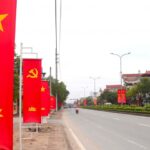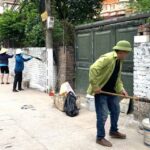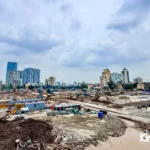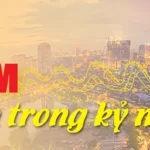The Hanoi People’s Committee has sent a letter of appreciation to Thuong Tin Commune and several officials for their achievements in implementing the two-tier local government model.
On the morning of August 8, on behalf of the city’s People’s Committee, Vice Chairman Truong Viet Dung and a working delegation delivered a letter of thanks from the city to the Party Committee, government, and residents of Thuong Tin Commune, as well as officials at the Thuong Tin Public Administrative Service Center.
On behalf of the city leadership, Truong Viet Dung acknowledged and praised the proactive spirit, high responsibility, and initial results achieved by the Party Committee, government, and residents of Thuong Tin Commune after more than a month of operating the two-tier local government model.
The letter from the Hanoi People’s Committee stated: “Implementing Resolution No. 60-NQ/TW dated April 12, 2025, by the 13th Central Party Committee on reorganizing administrative units and local governments under the two-tier model, Hanoi has been vigorously and synchronously implementing solutions to build a streamlined, effective, and efficient administrative apparatus that best serves the people and businesses. The focus is on improving governance and state management at the commune level—where essential daily needs of the people are directly addressed.”
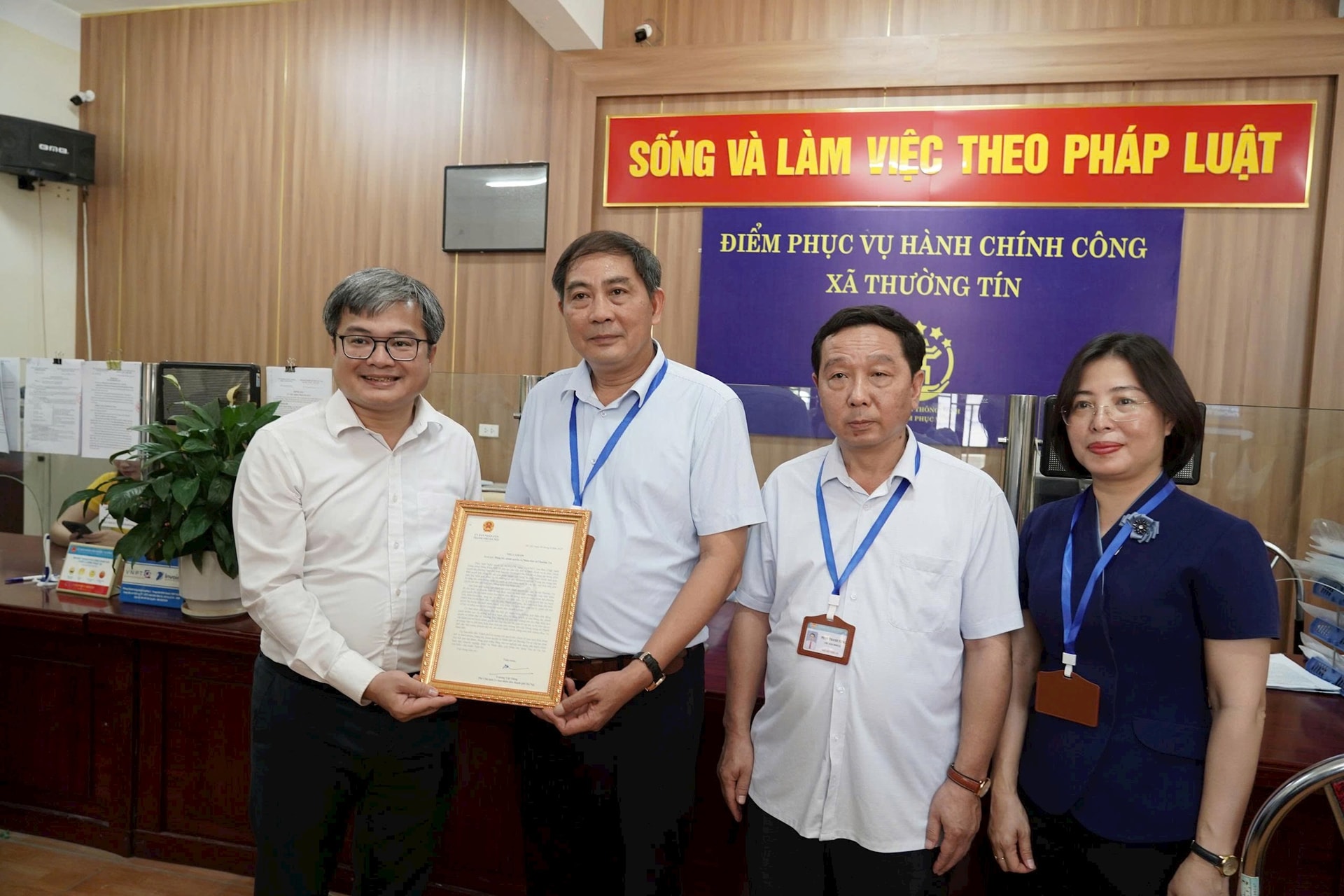
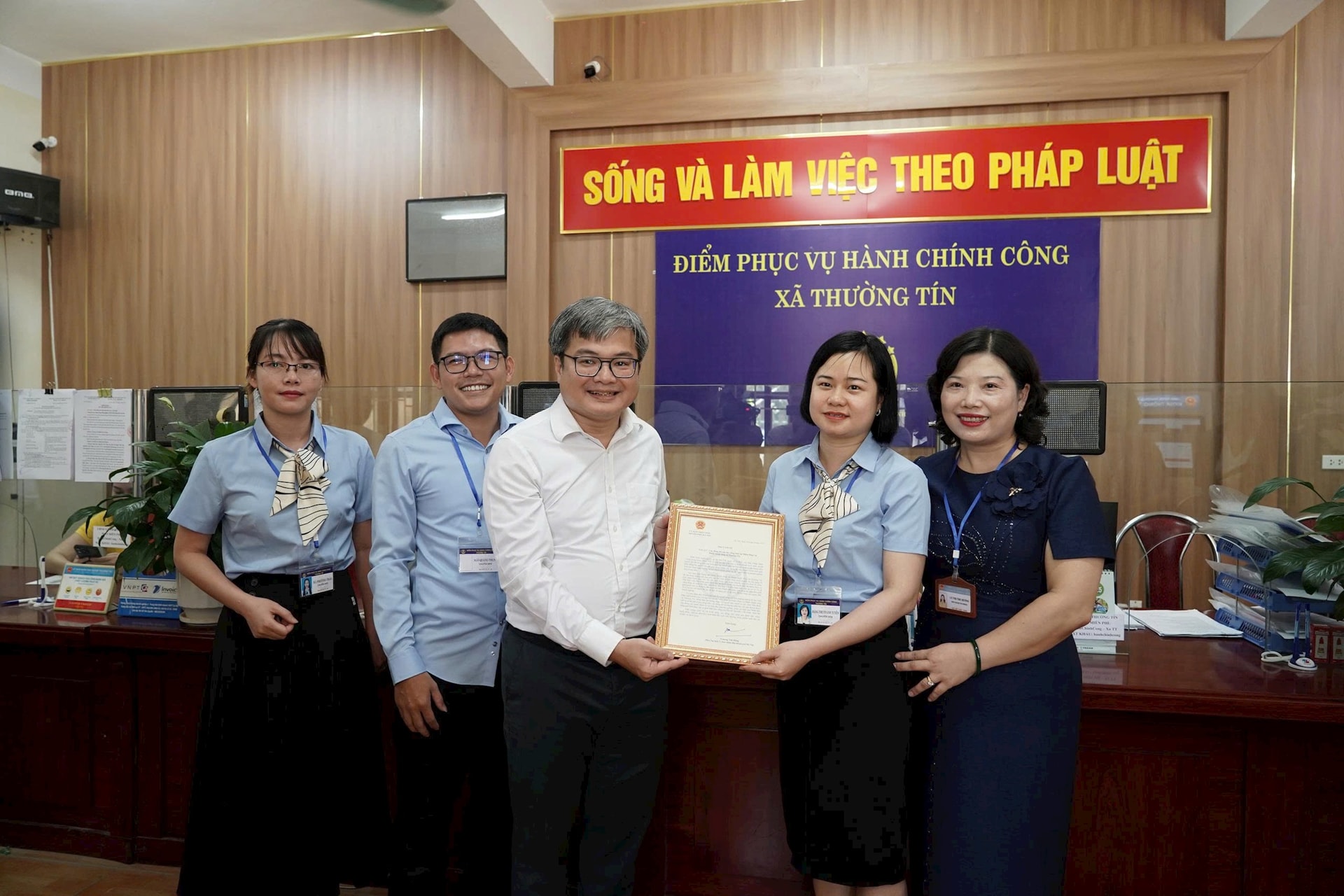
After more than a month of operating the two-tier government model, Thuong Tin Commune has shown clear, substantive, and comprehensive progress. The locality has implemented a scientific and creative approach to receiving and processing administrative procedures online through the Public Service Portal, exceeding initial targets set by the city. This reflects a spirit of innovation and determination in administrative reform, reducing processing time, lowering social costs, and improving satisfaction among citizens and businesses.
The Hanoi People’s Committee acknowledged and commended the proactive spirit, high responsibility, and encouraging initial results achieved by the Party Committee, government, and residents of Thuong Tin Commune. These results demonstrate not only the effectiveness of the two-tier government model but also the critical role of grassroots levels in implementing major policies of the central government and the city, particularly in digital transformation, administrative reform, and improving public service quality.
The Hanoi People’s Committee expressed confidence that


